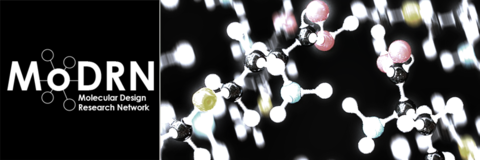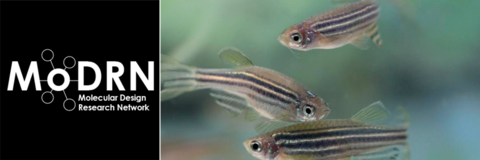Computational chemistry for modeling relevant electronic and energetic properties of chemicals
This part of the project integrates a wide array of in silico quantitative and analytical approaches to assess the likelihood of a chemical in facilitating the generation of reactive oxygen species (ROS) that may occur on various biological pathways. ROS are chemically reactive species that contain oxygen, including superoxide, hydrogen peroxide, hydroxy radical, hydroperoxide and their radicals, and so on. Their overproduction is linked to oxidative stress, which is considered to be relevant to a series of cardiovascular, neurological, immunological and many other adverse physiological conditions.
To achieve this goal computational chemists will:
1. Analyze the statistical distributions and correlations among the oxidative stress related toxicological assays.
2. Assess chemicals’ intrinsic molecular properties, including structural, electronic and thermodynamic parameters.
3. Investigate the possible correlations and likelihoods between the molecular chemo-physical indexes with their potencies in inducing oxidative stress.
4. Construct and validate a predictive model with the aim of minimizing the potential of a chemical in incurring oxidative stress.
The generated model will be further strengthened and validated by the experimental work.









